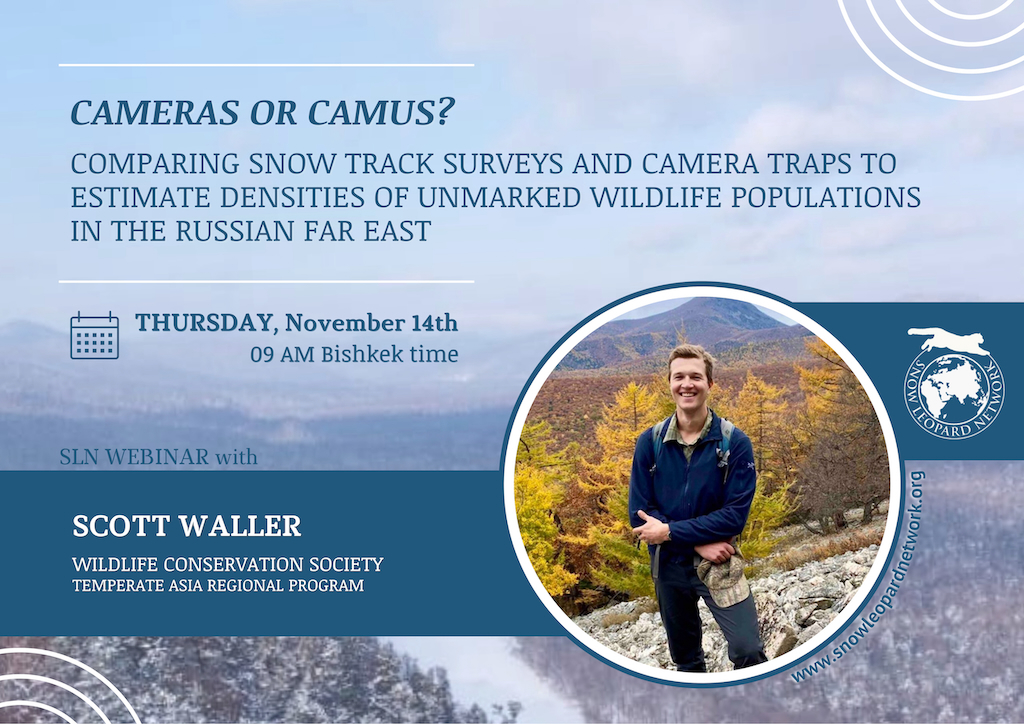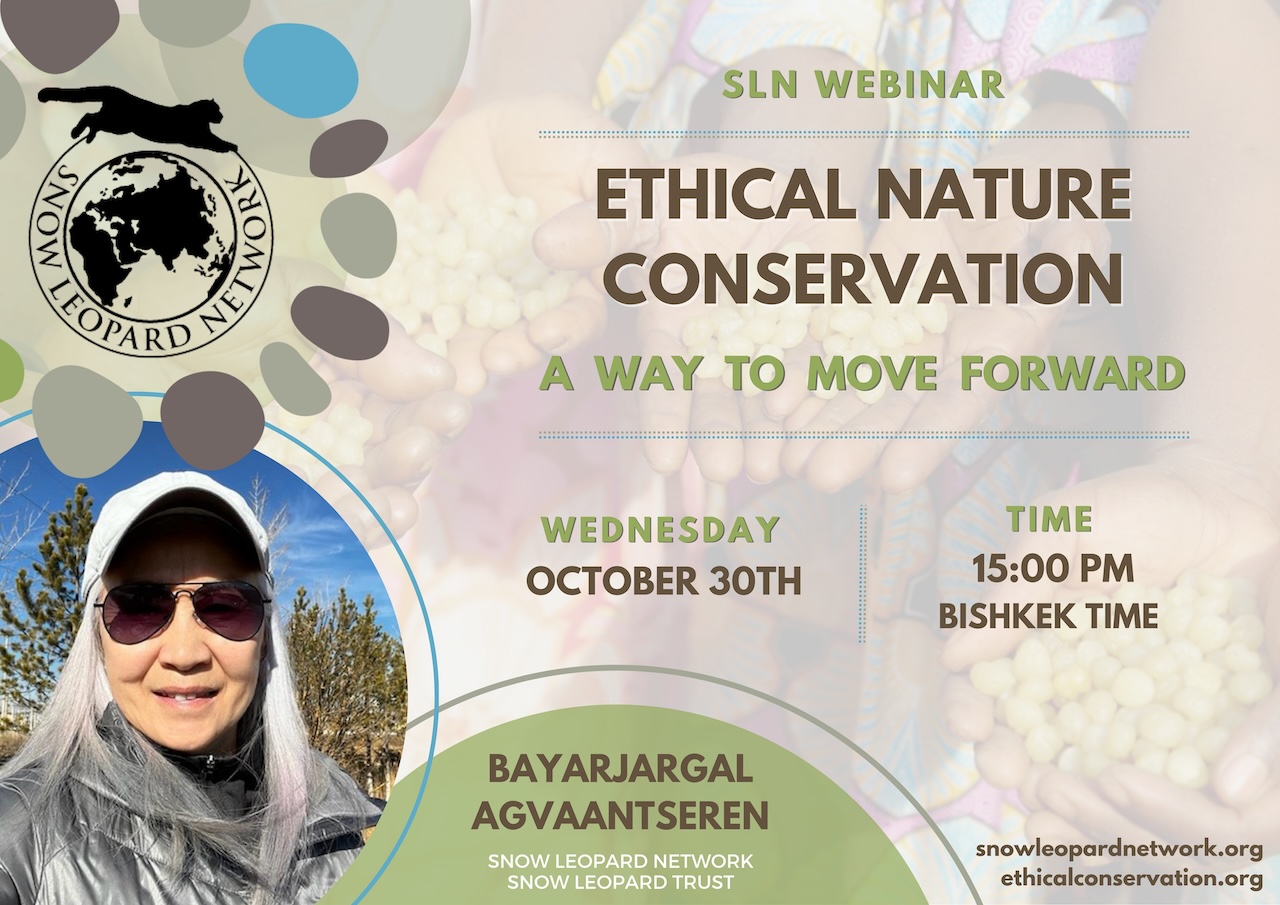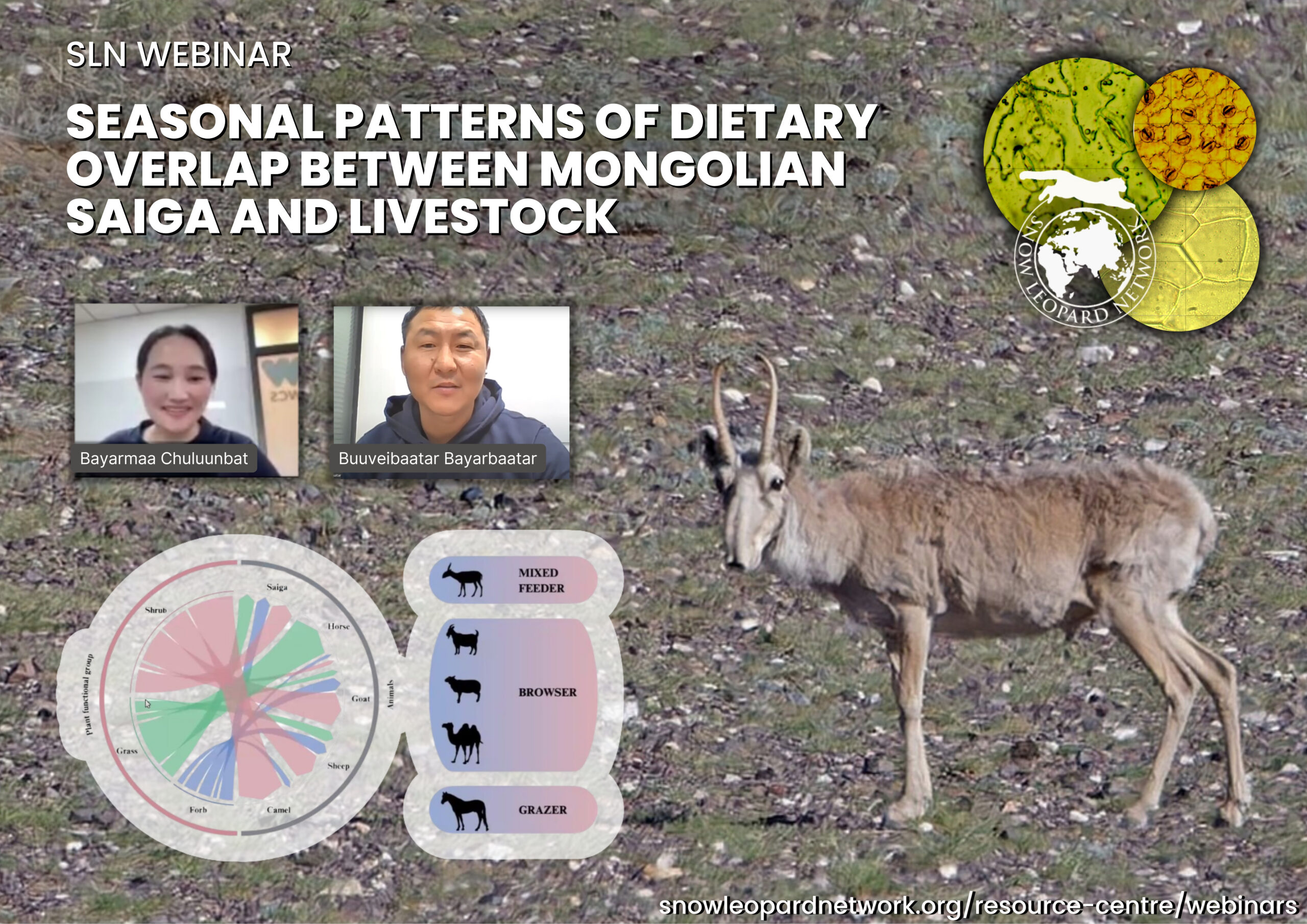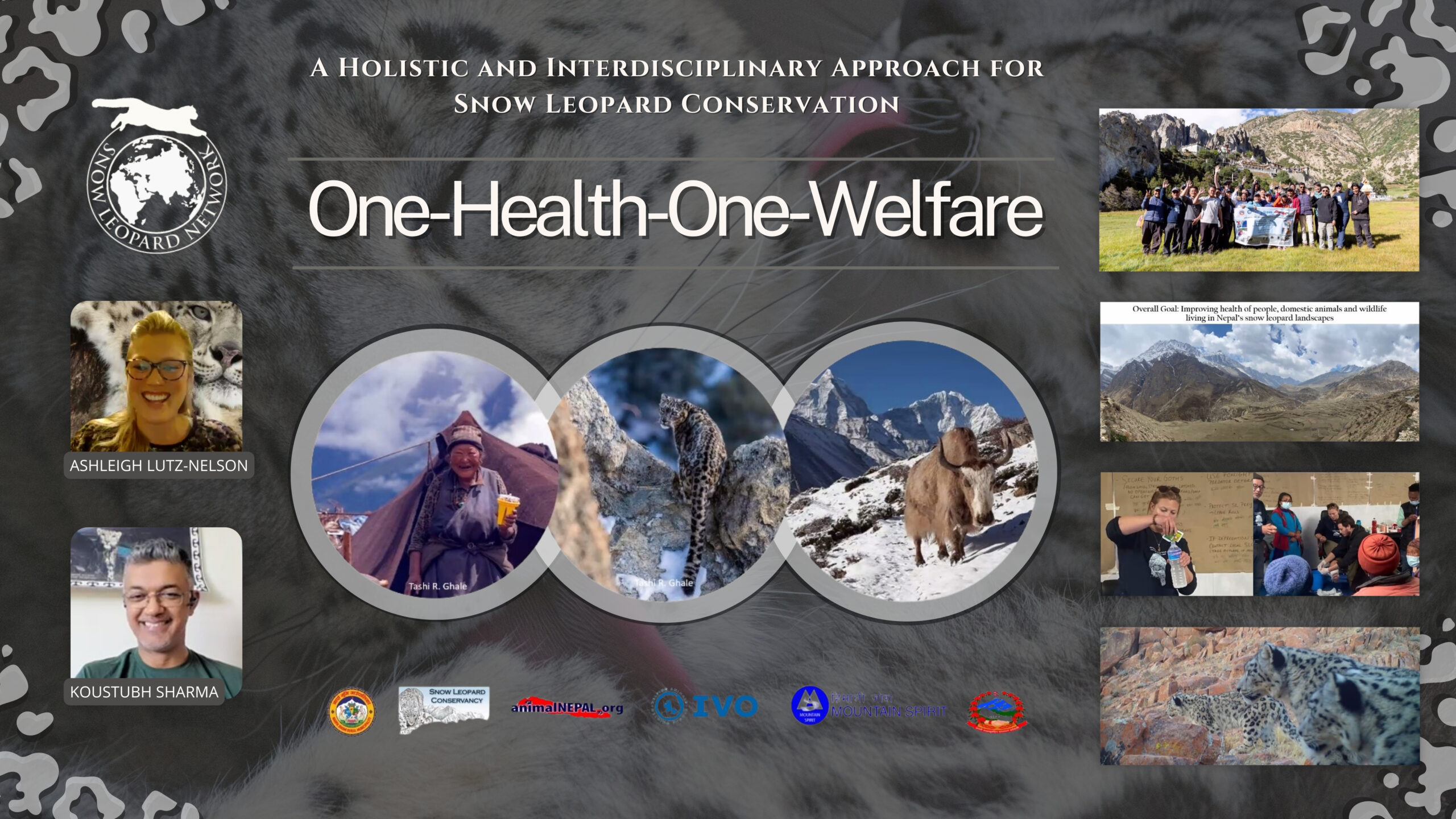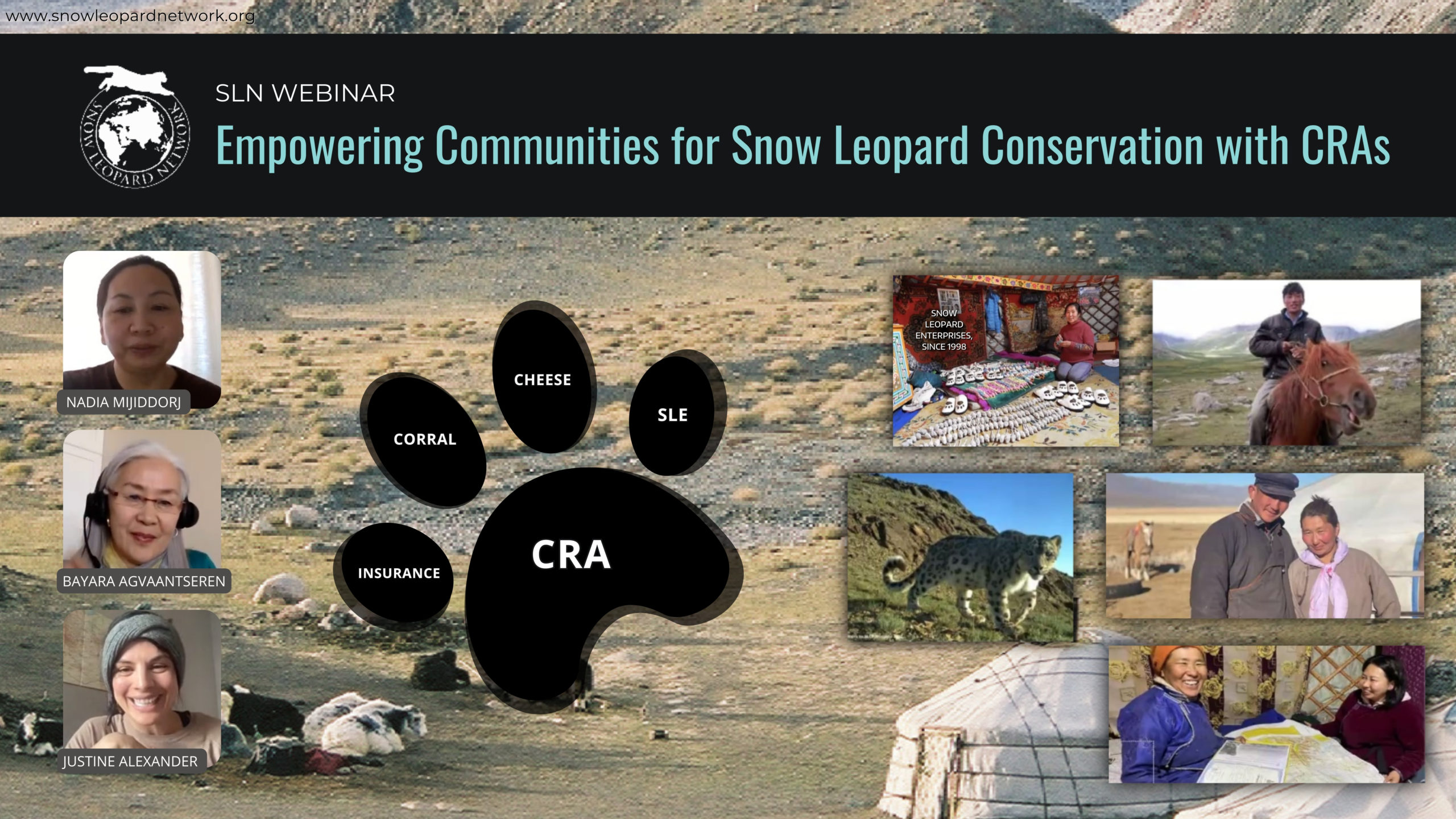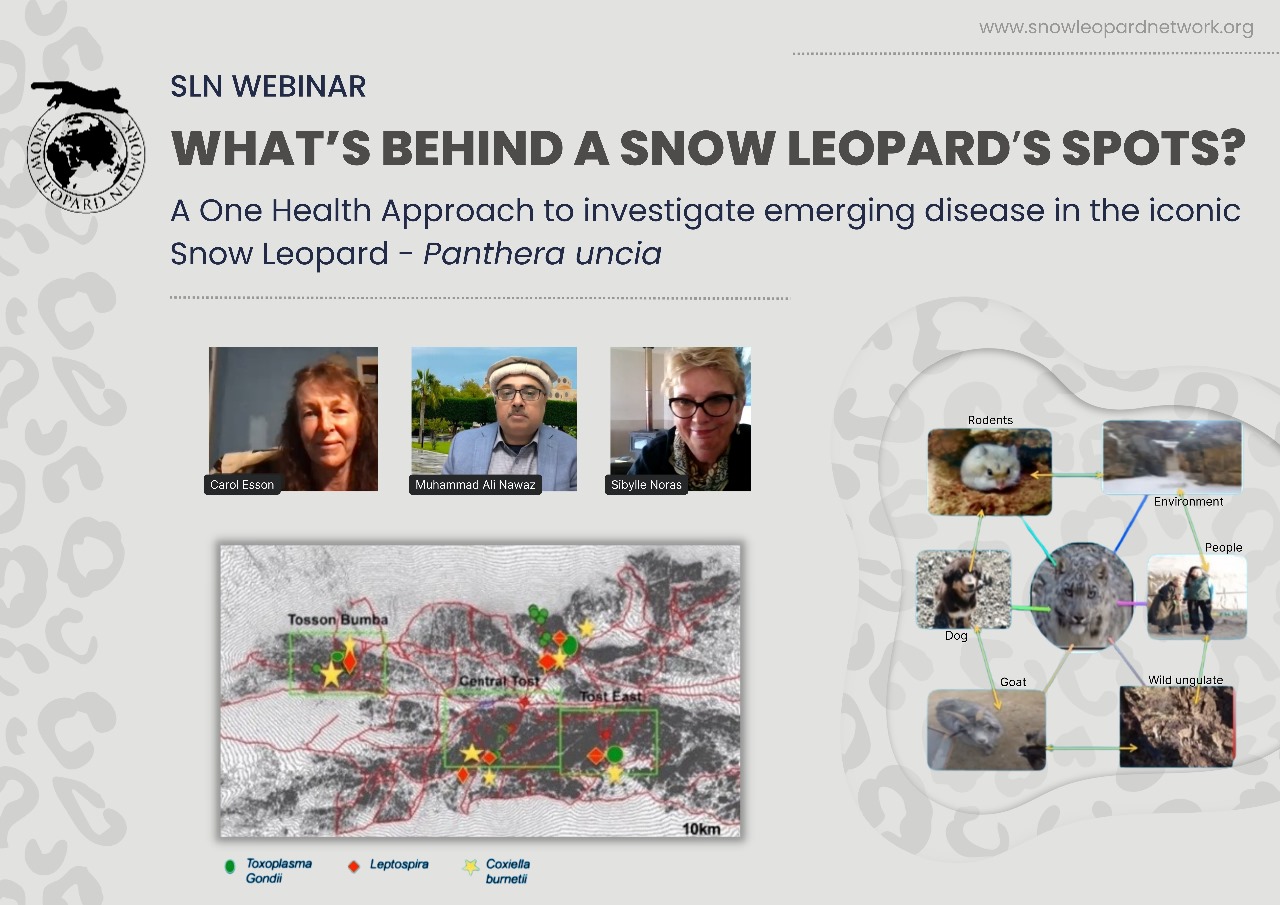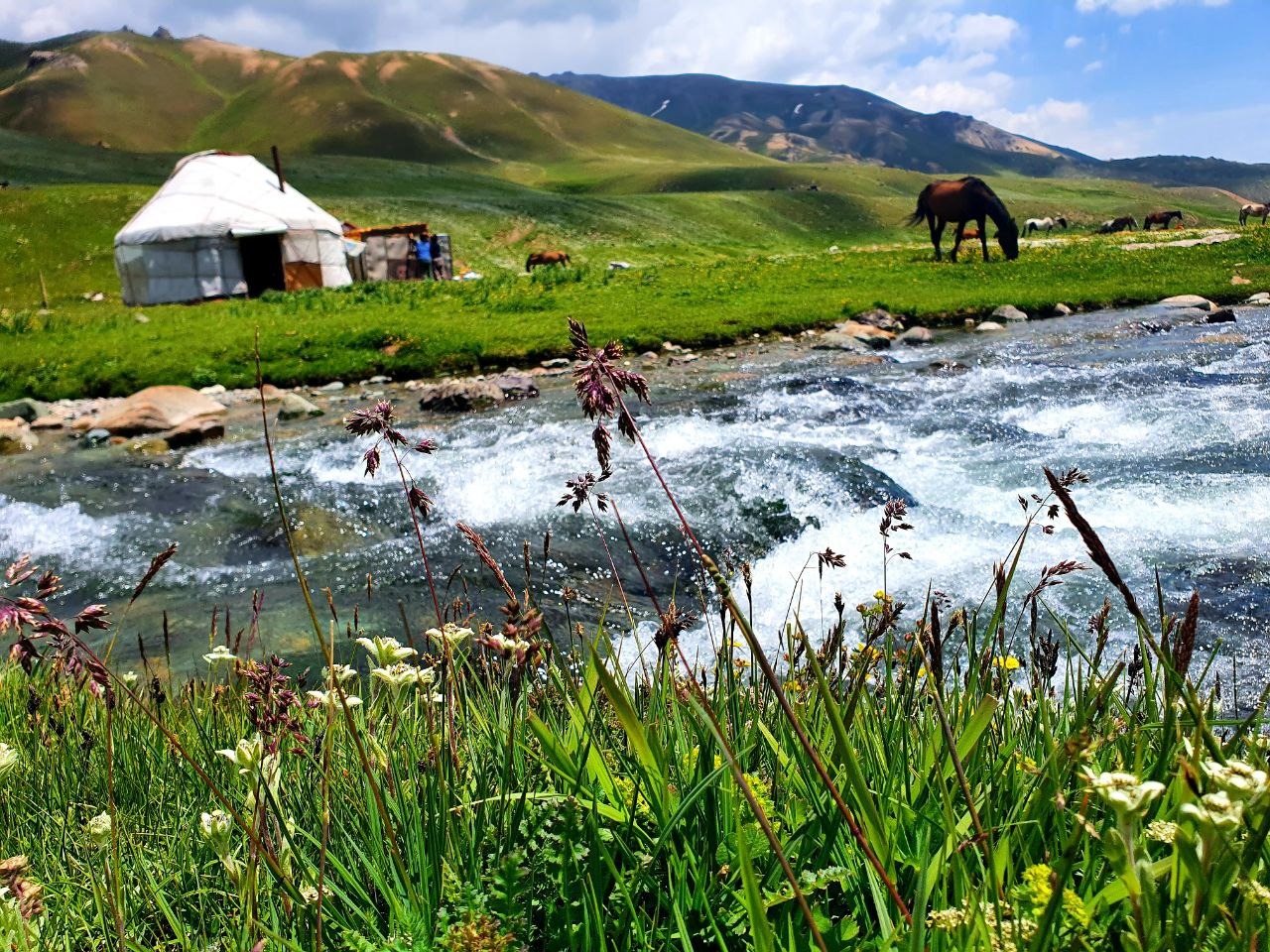Our webinar with Tshiring Lhamu Lama, the founding director of Snow Leopard Journey and Snow Leopard Sisters.
As the founding director of Snow Leopard Journey and Snow Leopard Sisters, Tshiring is on the frontlines of snow leopard conservation in the Dolpo Himalaya. Through innovative, sustainable, and practical projects, she works to encourage, empower, engage, and employ local youth by promoting eco-tourism, sustainable livelihoods, and environmental education. Tshiring’s efforts aim not only to shift local perceptions of the snow leopard, transforming it from a threat into a vital asset for both conservation and community well-being, but also to end the retaliatory killings of snow leopards in the Dolpo Himalayas.


